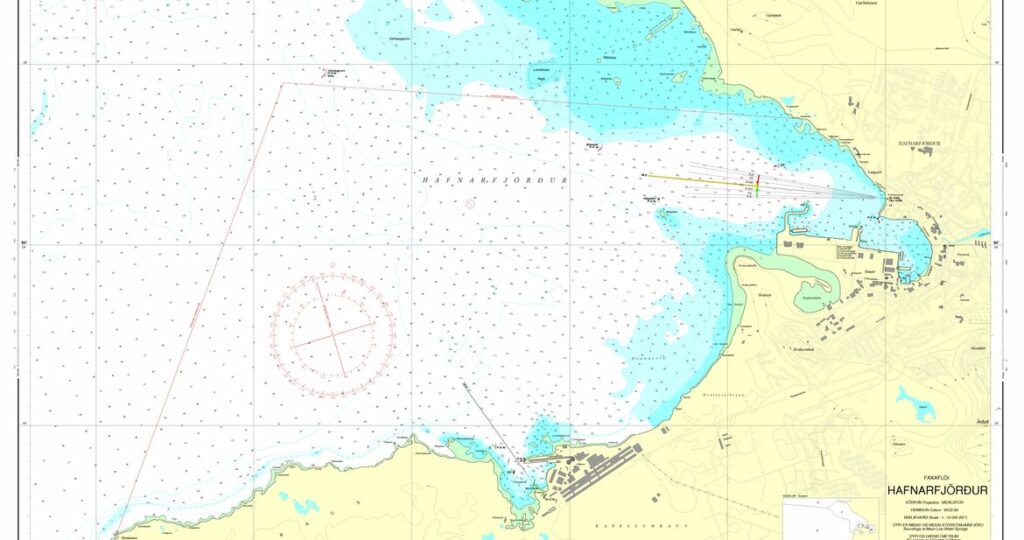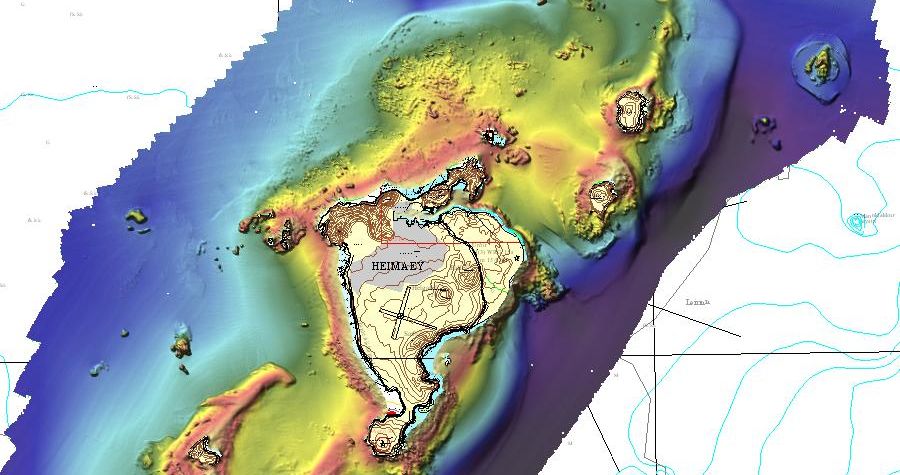
Íslensk sjókort og aðrar útgáfur eru seldar í gegnum umboðsaðila hérlendis og erlendis, sjá skrá yfir sjókortasala.
Rafrænum sjókortum er dreift gegnum IC-ENC. Hér má sjá dreifingaraðilana: https://www.ic-enc.org/distribution
Leiðréttingar í sjókort eru birtar í Tilkynningum til sjófarenda.
Vitaskra er gefin út árlega.
Kortaskrá sem inniheldur upplýsingar um sjókort, handbækur og sjókortasala, er uppfærð reglulega.
Sjókort eru sérhæfð kort ætluð til að mæta þörfum sjófarenda. Þau sýna m.a. dýpi, botngerð, lögun og einkenni strandar, hættur, sjómerki og staðsetningu og ljóseinkenni vita. Leiðréttingar á sjókortum eru birtar í Tilkynningum til sjófarenda sem Sjómælinga- og siglingaöryggisdeild Landhelgisgæslunnar gefur út reglulega. Það er á ábyrgð notandans að fylgjast með tilkynningunum og færa í viðkomandi sjókort.
Samkvæmt 10. gr. 5. mgr. reglna um björgunar- og öryggisbún að íslenskra skipa (nr. 189/1994) ber skipstjórnarmönnum að hafa prentuð sjókort um borð í skipi sínu en þar segir:
Sérhvert skip skal hafa nýjustu útgáfu nauðsynlegra sjókorta, þ.e. yfirsiglinga- og sérkort. Nauðsynleg tæki skulu vera til að setja út í sjókort svo og vitaskrár, flóðtöflur og nauðsynlegar leiðsögubækur fyrir þau svæði sem fyrirhugað er að sigla um. Leiðréttingar, sem fram koma eftir útgáfu korts og birtar eru í tilkynningum til sjófarenda skulu færðar í kortin. Aðrar leiðréttingar sem birtar eru skal heimfæra þar sem við á.
Í viðauka reglugerðar um öryggi fiskiskipa sem eru 15 metrar eða lengri að mestu lengd, viðauki 1, X. kafli, 4. regla (122/2004) segir:
Siglingaáhöld og sjóferðagögn.

Vestmannaeyjar 2006
Sjókort eru frábrugðin öðrum kortum og notuð á annan hátt. Það felst m.a. í að breytingar eða leiðréttingar á sjókortum eru birtar í Tilkynningum til sjófarenda (T.t.s.) sem eru að jafnaði gefin út í lok hvers mánaðar en oftar ef þurfa þykir. Þar er greint frá atriðum sem færa þarf inn á sjókort og er á ábyrgð notandans að fylgjast með og færa tilkynningar í viðkomandi sjókort. T.t.s eru sendar notendum sjókorta sem þess óska, þeim að kostnaðarlausu. Einnig er hægt að nálgast T.t.s. hér á vefnum á pdf sniði.
Upplýsingar um dýpi eða annað er snýr að siglingum eru uppfærðar með nýrri útgáfu af sjókorti eða með nýrri prentun séu breytingar minniháttar. Á hverju sjókorti eru upplýsingar um hvenær það var fyrst gefið út. Hafi kort komið út í nýrri útgáfu er þess getið sérstaklega.
Íslensk sjókort eru öll í Mercator-vörpun og ný kort eru á WGS-84 láréttri viðmiðun. Eldri kort eru ýmisst í Hjörseyjar viðmiðun eða Reykjavíkur viðmiðun. Dýpi er miðað við meðalstórstraumsfjöru. Dýpi og hæðir eru í metrum.
Í sjókortum er ekki rúm fyrir allar þær upplýsingar sem sjófarendum eru nauðsynlegar og eru þær því gefnar út í sérstökum ritum, sjá bls. 13 í Kortaskrá.